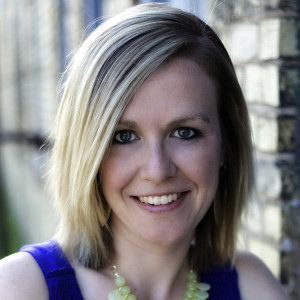We talk a lot in Harp Column about the “balancing act” harpists constantly perform. The technical and musical elements we must master take us deep into the detailed work of playing our instrument. And then there is, well, everything else beyond simply playing our instrument we must navigate, the breadth of which feels too wide to wrap our heads around at times. Being a harpist can feel like an uncomfortable yoga pose that forces you to sink deep into a stretch while balancing on one foot, all the while breathing calmly, like none of this is difficult.
While we all have to do both deep and wide work, and we probably prefer one type to the other, there are some harpists who seem to be experts at both.
There is “deep” work and there is “wide” work—both of which are essential parts of being a harpist. I am guessing that most of us prefer one to the other. Maybe you are the “deep” type who happily leaps head-first into etudes and exercises. You dig into the repertoire, learning everything you can about the masters of your genre. Practice time is the best time—a chance to lose yourself in the detail of each texture and every phrase. Or perhaps you’re the “wide” type who sees the harp as a tool to do the artistic work that interests you. You love to teach or write or promote music. You’re likely savvy about the business side of being a harpist and view the music world with a wide-angle lens, seeing possibilities everywhere you look.
While we all have to do both deep and wide work, and we probably prefer one type to the other, there are some harpists who seem to be experts at both. You’ll meet one of these harpists in our interview with Lavinia Meijer. The Korean-born Dutch harpist revels in the nuance of each note of well-trodden works by Bach and Spohr while also exploring uncharted harp territory with works by contemporary composers such as Philip Glass and Bryce Dessner. She has done the work to achieve success on the international competition circuit, while her latest album on Sony Classics completes her vision of a year-long series of recording releases around the changing seasons.
Engaging with the world is of primary importance to Meijer, the harp happens to be the most effective method she has at her disposal. “The harp is part of music; music is part of art; art is part of culture and society in the world,” she says. “It’s all connected.” Meijer knows she can’t make those connections standing still. “It’s fascinating to me how experiencing the life of an artist is about constantly moving yourself to a different position or looking at yourself from a different perspective… It’s a diverse and exciting way of living.”
We couldn’t agree more. And you don’t have to be an international recording artist to benefit from this way of thinking. In our Sounding Board article in this issue, Karen Jougla Shelton, a self-described adult learner, makes the case for getting out and experiencing big harp gatherings. “The common denominator of all of these harp events is that they offer an immersive experience with other people—from all different backgrounds—who are keenly interested in and passionate about the harp. Spending time with these people infuses me with inspiration, instills a steadfast desire to continue learning, and, best of all, involves a lot of fun and laughter.”
Ready to dive deep? Check out our article Bach for All to find the perfect piece for you to dig into from the Baroque master. And before you dig in, read the companion article Bach to the Basics for a primer on all the nitty-gritty details you’ll need to know to play this brilliant music.
Want to stretch out wide? We have just the article with the final installment in our Build Your Brand series: A Site to Behold. You’ll see a comprehensive overview of what you need to know before creating your website. From basic tech terms to content to design, this article will help you present your best side to the wider world.
No matter which direction you need to go to find balance in your harp life, we hope you enjoy the stretch. •






